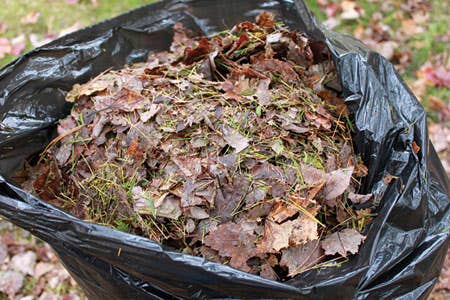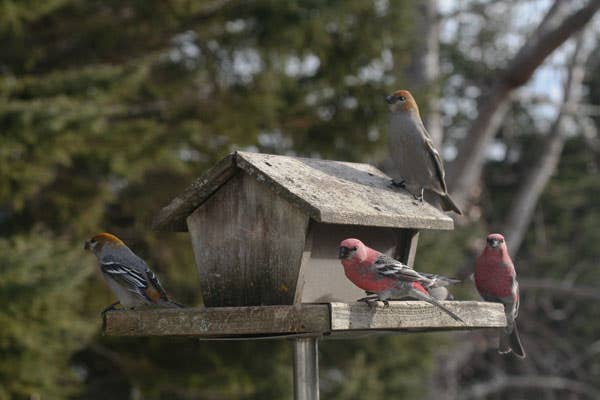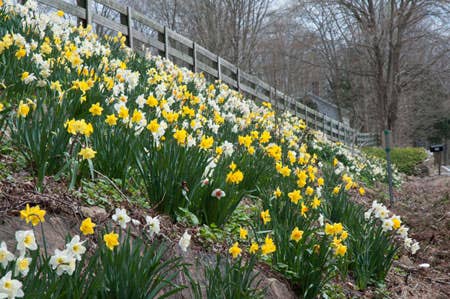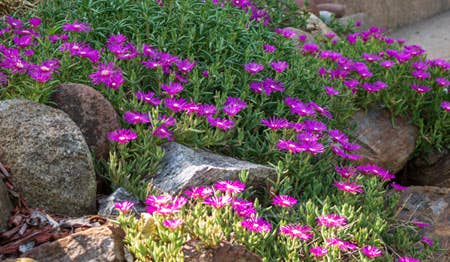Planting and Caring for Hostas
Hostas are low-growing, low-maintenance perennials with large, bold leaves. There are endless varieties from which to choose. Here are care tips for hostas, plus ways to use them in the garden’s design.
Hostas are bold-leaved perennials very well suited to the shade garden. They are herbaceous perennials, meaning that their foliage dies back in fall and emerges new in spring. There are thousands of hosta cultivars available, representing a huge range of leaf size, color, pattern and texture. Although they are grown as foliage plants, they do flower, with purple or white flowers appearing on tall stalks in summer.
Growing requirements
Exposure: Deep shade to light shade. The color of a hosta’s leaves can help determine how much light it prefers. Blue and deep green varieties like deeper shade, while variegated (striped or splotched bicolor leaves) and yellowish varieties require some morning sun. Harsh afternoon sun can scorch hosta leaves.
Water: Hostas prefer an inch of water a week, whether it’s from rainfall or irrigation. If you water by hand, do so early in the day. Burnt leaf tips and drooping leaves are signals of inadequate water.
Soil: Rich, slightly acidic, well-draining soil produces the best hostas. Add organic matter such as compost, manure, leaf mold or peat moss when preparing the planting hole. Mix well and do not let manure contact the roots directly, because this can cause discoloration of the leaves.
Fertilizer: Apply a 10-10-10 or 5-10-5 all-purpose fertilizer according to package directions if the soil is poor. Otherwise, topdress with well-rotted manure or compost.
How to plant and care for hostas
Plant hostas in spring or fall. Bury the crown slightly so it will stay moist, unless the soil is very heavy, in which case leave the crown at ground level. Leave a depression around the plant so that at first waterings the water soaks directly toward the root.
Mulch in spring. In cold-winter areas, add a mulch of straw or leaves again in fall after the ground has frozen.
Watch for slugs and snails, which eat small holes in hosta leaves. Fill jar lids with beer and submerge in soil; slugs will climb in and drown. Alternatively, surround hostas with coarse sand and broken egg shells; slugs do not like to crawl over sharp, rough surfaces. Lay wet newspapers on the ground overnight; slugs and snails will crawl under them in the morning to hide from the sun. You can then pick them up and drown them in a 10 percent solution of ammonia and water. Grow hostas in pots standing on stone or cement.
Using hostas in the garden
- Brighten shady corners
- Use small varieties as groundcover in shade
- Grow in containers to accent porches and patios
- Plant close together as a low summer hedge
- Provide contrast to flowering plants and plants with fine foliage such as ferns
Pictured: Foreground, Hosta ‘Demetriou’s Gold’. Background, Hosta ‘Blue Angel’.







